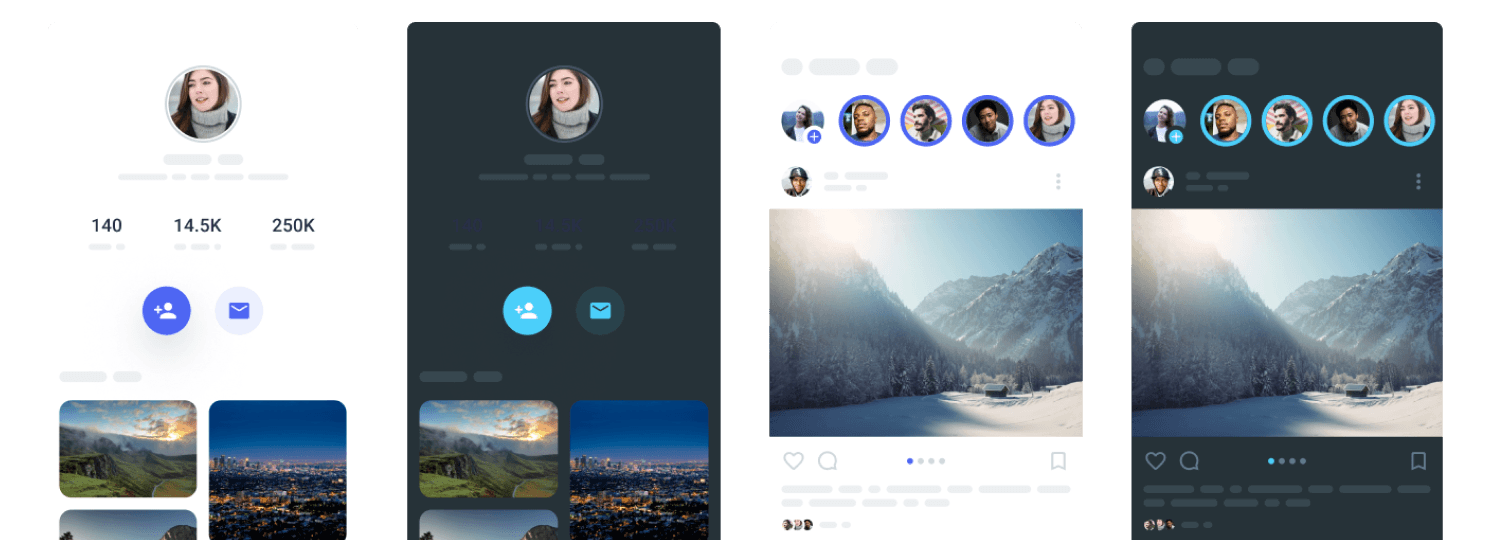Overview.
Concise summary of the key aspects and objectives.
The design overview typically begins by outlining the purpose and objectives of the project. It clearly defines the problem or opportunity that the design seeks to address, highlighting the underlying motivations and desired outcomes. This section sets the stage for the rest of the overview, ensuring that all readers are aligned on the project's goals and intentions.

Problem Statement.
Identifies and defines the specific challenge.
The problem statement sets the direction for the design process, helping designers focus their efforts on finding innovative solutions that effectively address the identified problem.
Clear description of the problem: Clearly articulate the specific challenge or issue that needs to be addressed through design.
Context and background: Provide relevant background information and context to help understand the problem and it's significance.
Impact on stakeholders: Describe how the problem affects the target audience or stakeholders, highlighting the pain points, limitations, or opportunities it presents.
Goals.
Guiding principles throughout the design process.
List of elements typically included in setting goals for a design project:
User Experience (UX): Improve the overall user experience by creating intuitive, seamless, and enjoyable interactions with the design.
Functionality and Performance: Enhance the functionality and performance of the design to ensure it meets the desired requirements and operates efficiently.

Approach.
Outlines of overarching principles, strategies, and techniques.
The design approach may involve elements such as user-centered design, iterative prototyping, collaboration with stakeholders, consideration of aesthetic and functional aspects, and adherence to industry best practices.

It sets the tone and framework for how the design problem will be approached and solved, ensuring a systematic and thoughtful design process.

This section provides a clear understanding of the project's boundaries and helps manage expectations. It may describe their characteristics, needs, or pain points to establish empathy and ensure that the design addresses their specific requirements effectively.
Conclusion.
Insights gained, lessons learned, and future improvements.
The conclusion in design provides a summary and final assessment of the design project. It reflects on the design process, outcomes, and how well the project has achieved its goals and addressed the initial problem statement.

